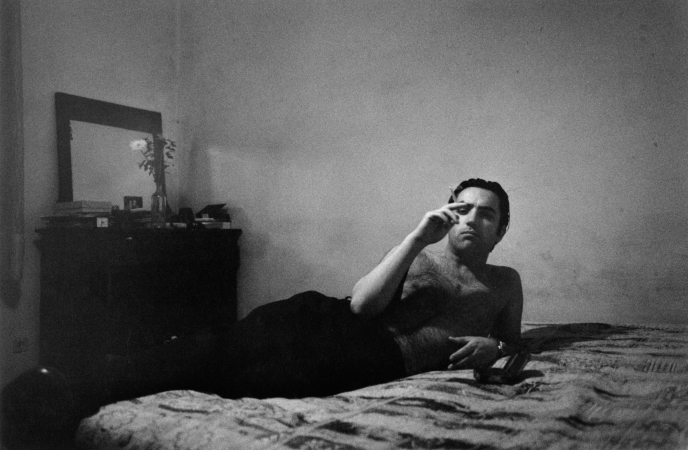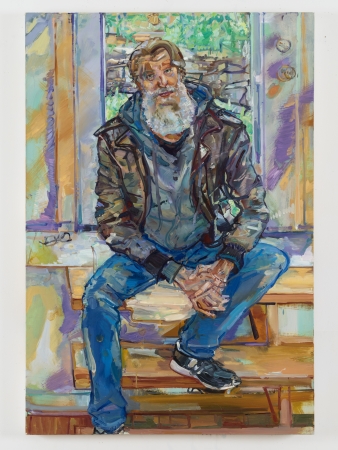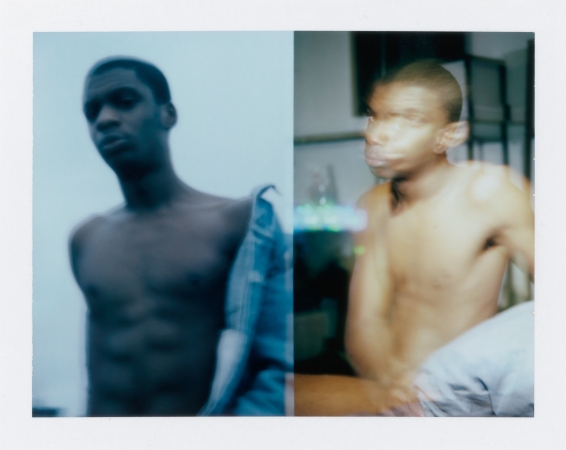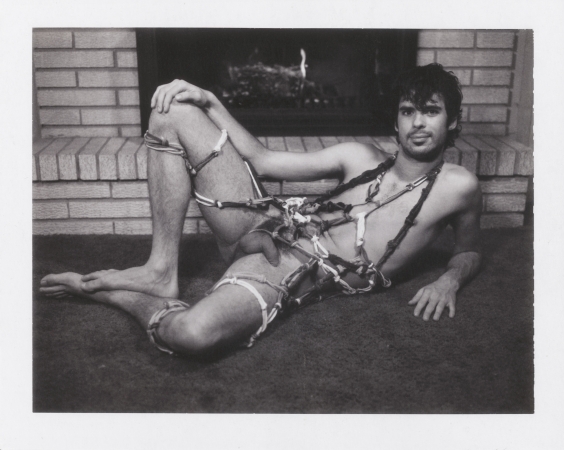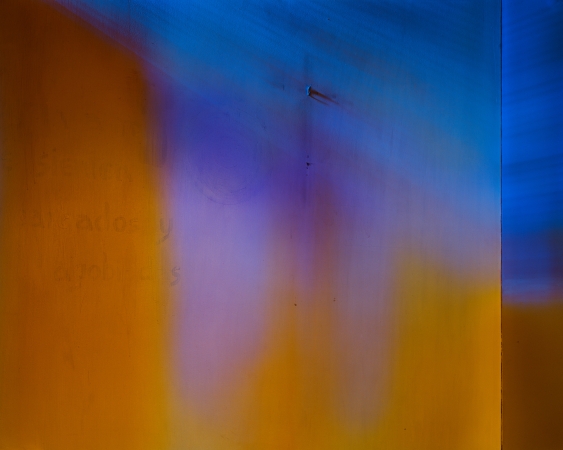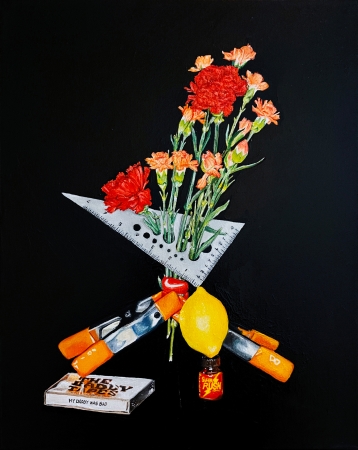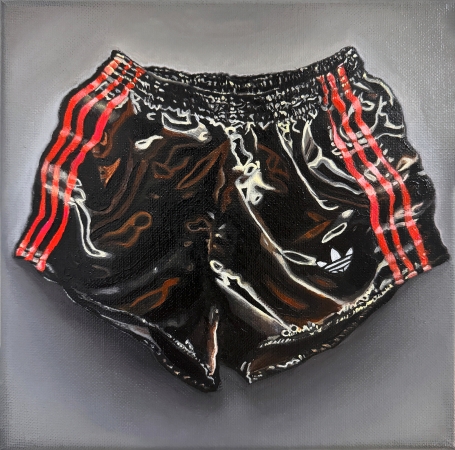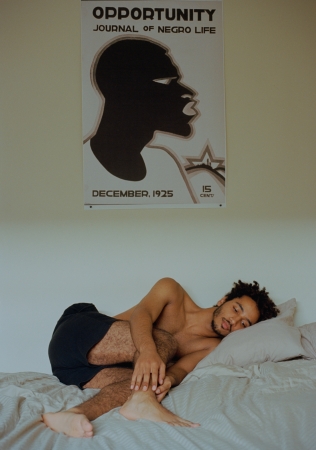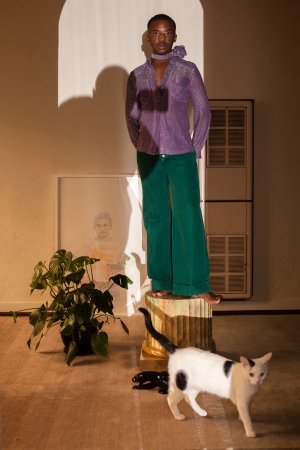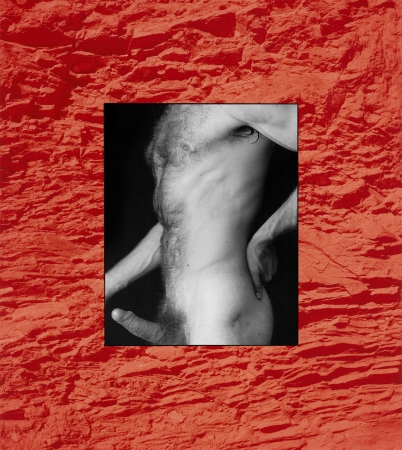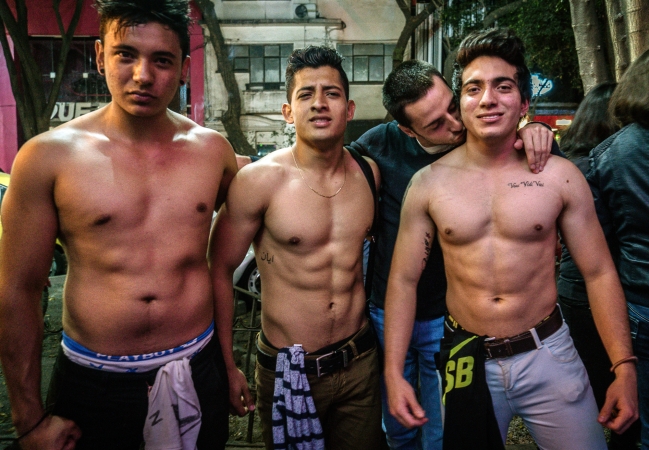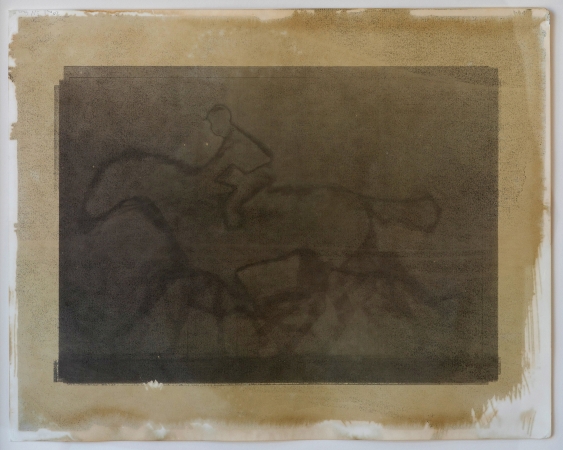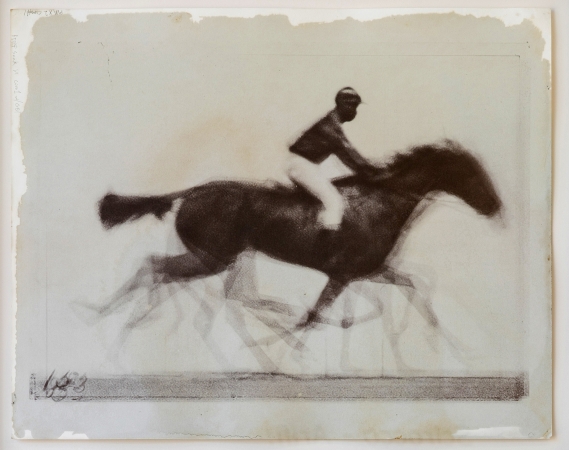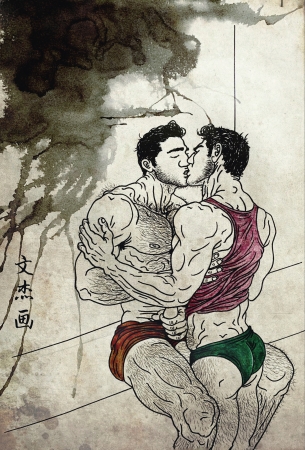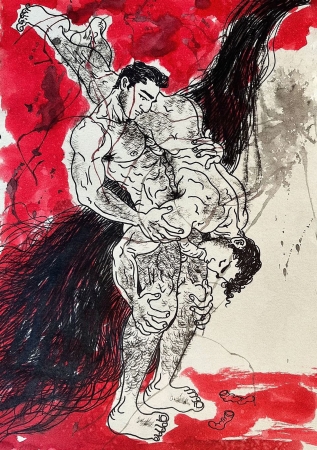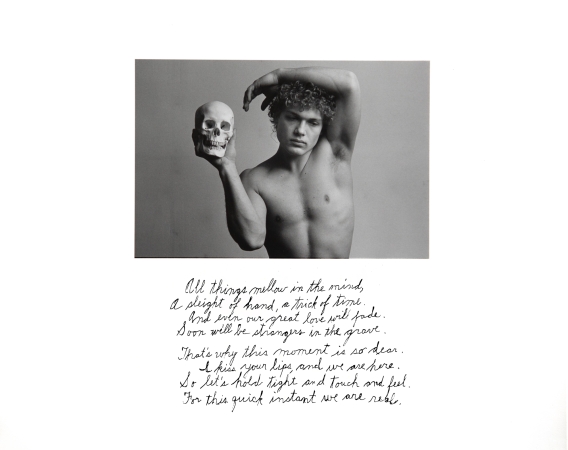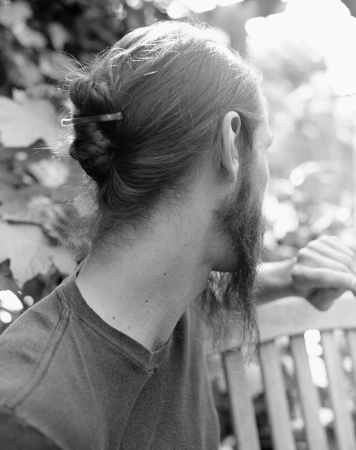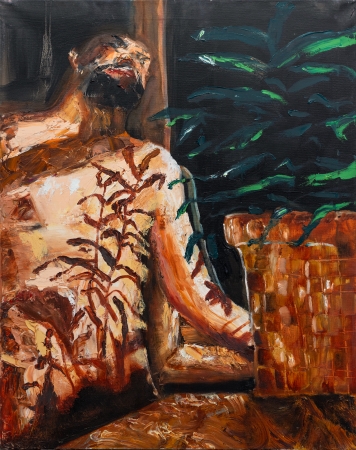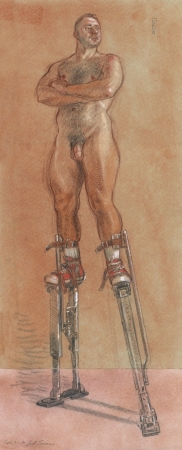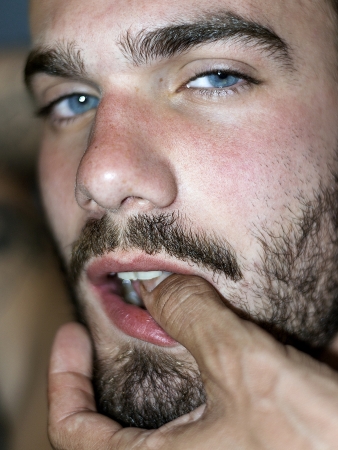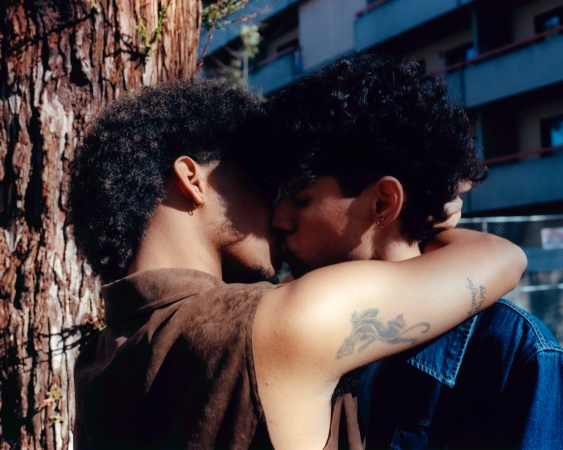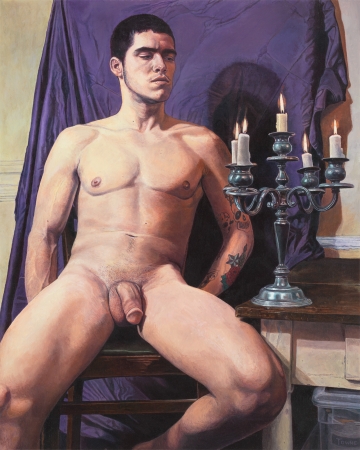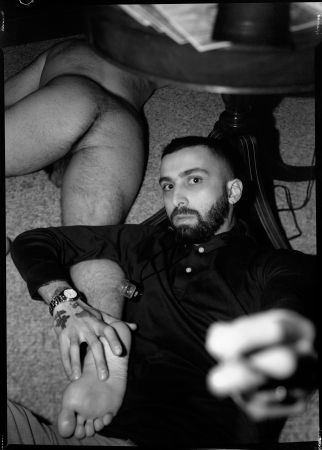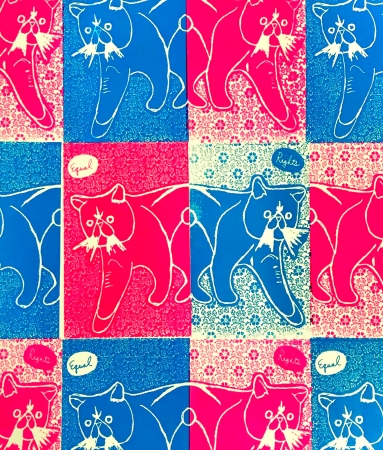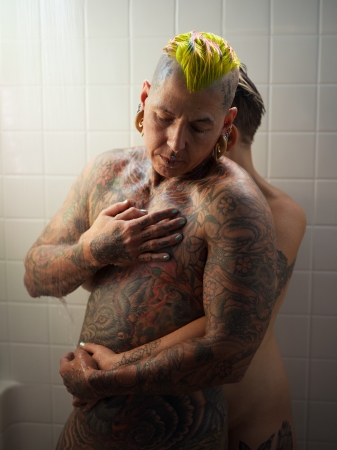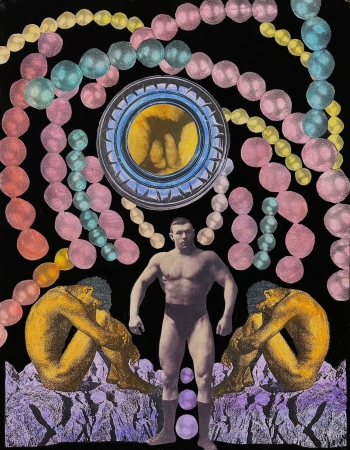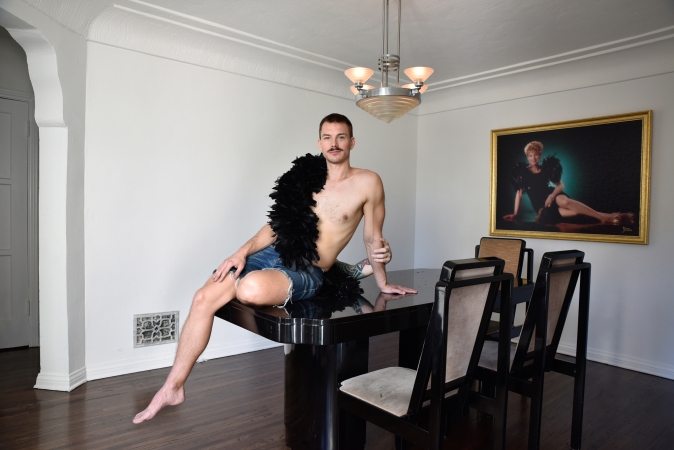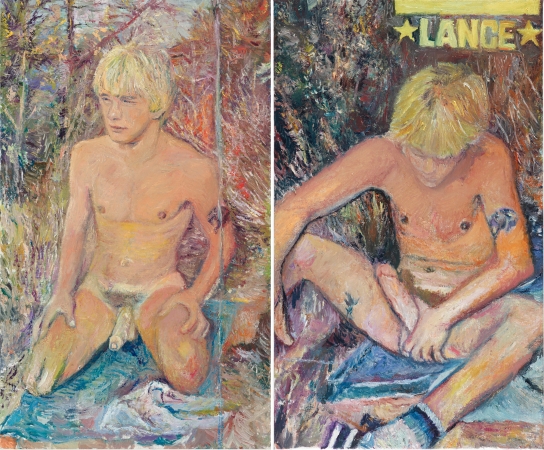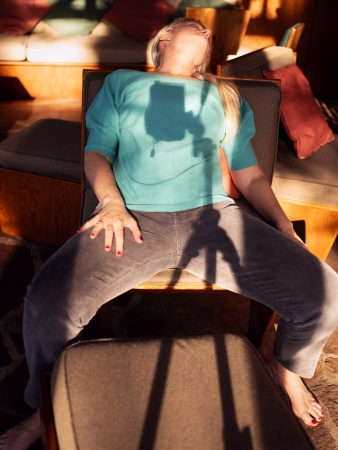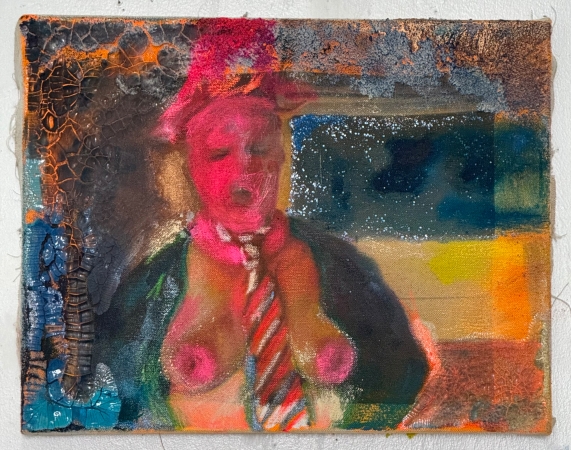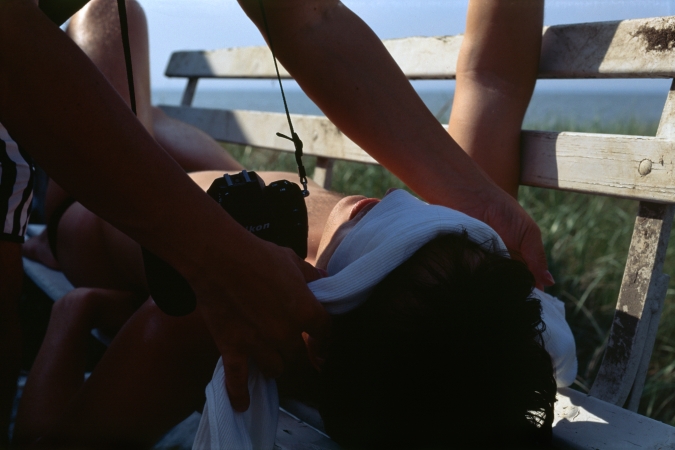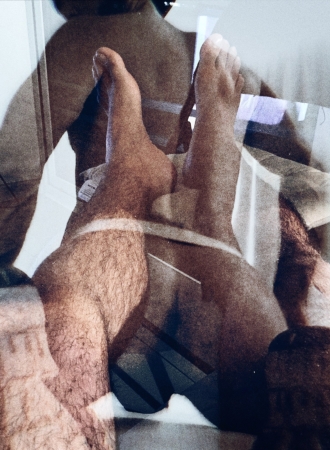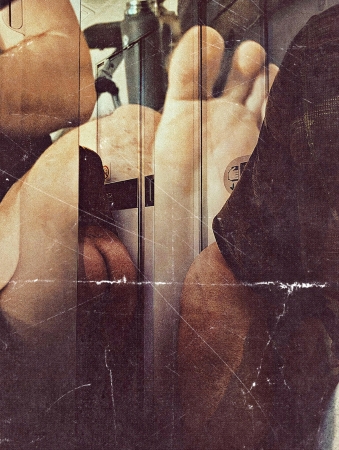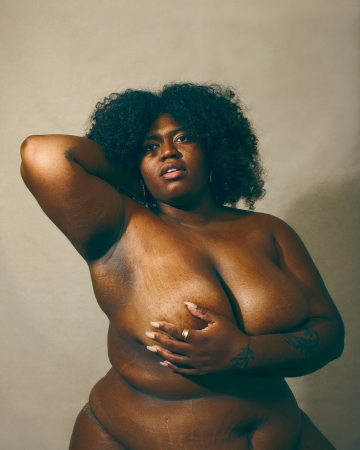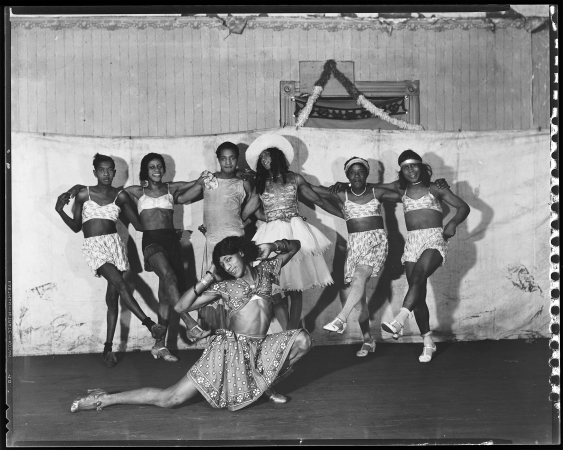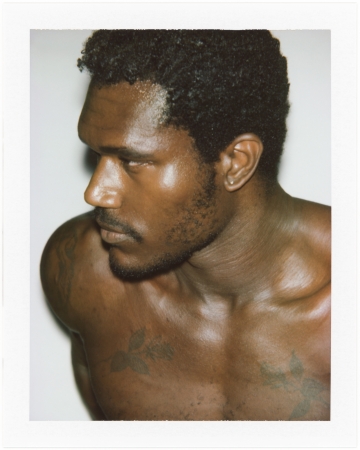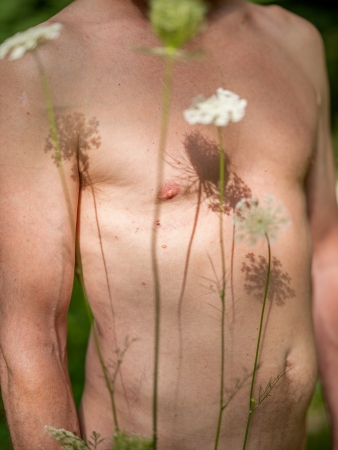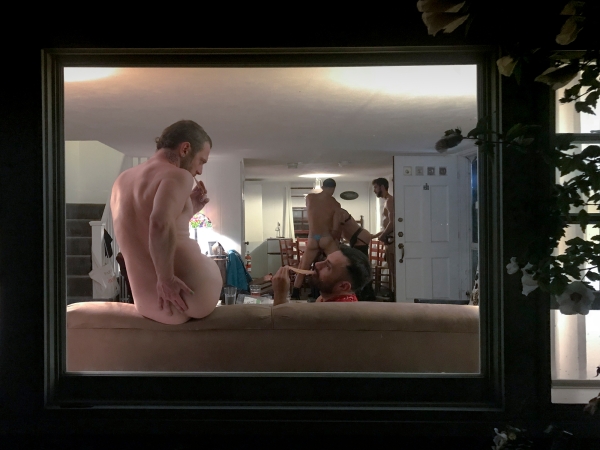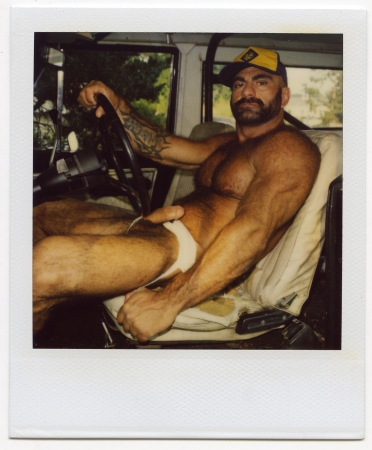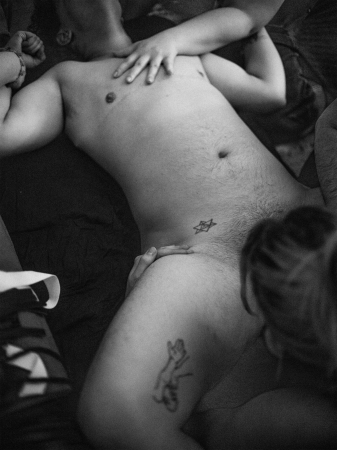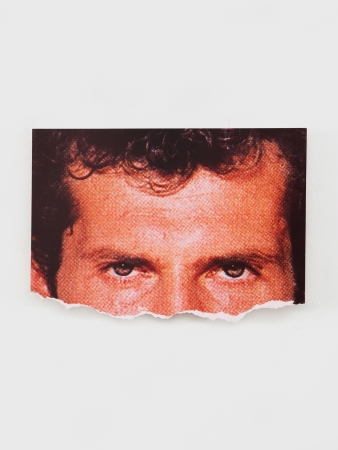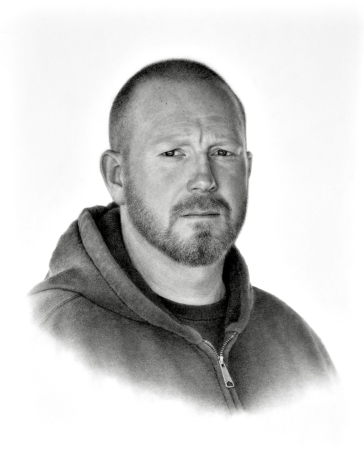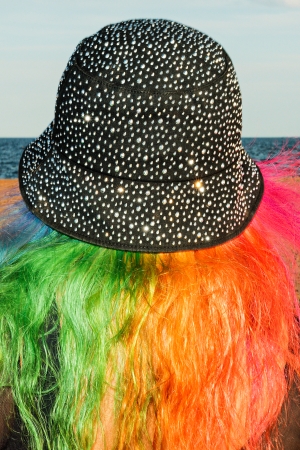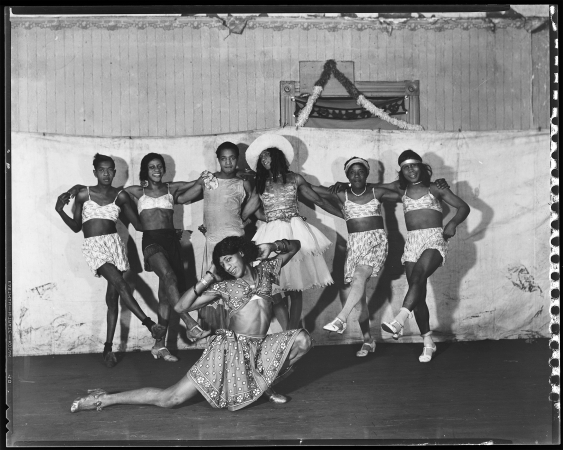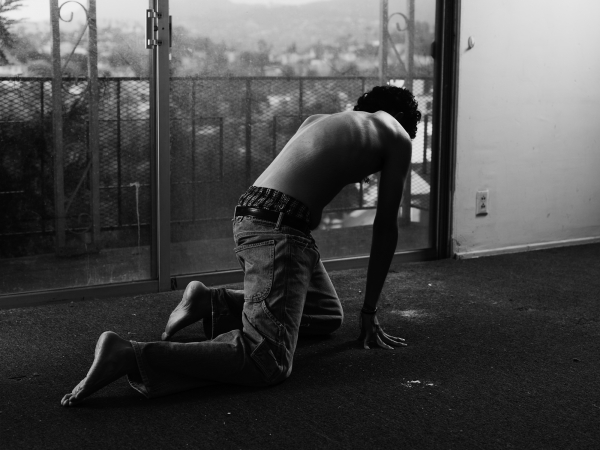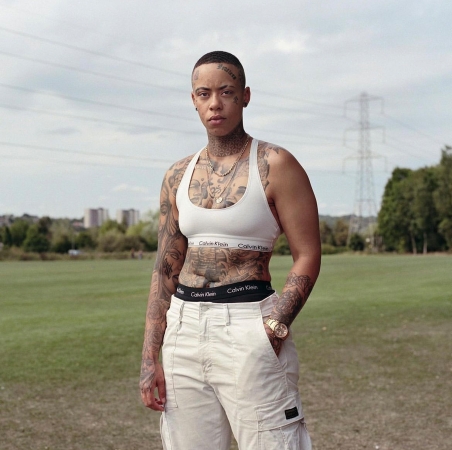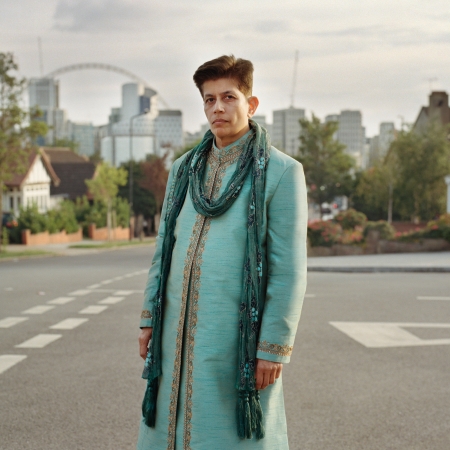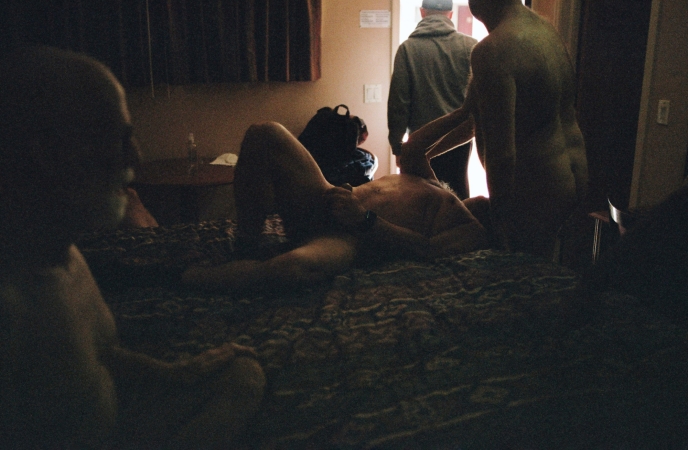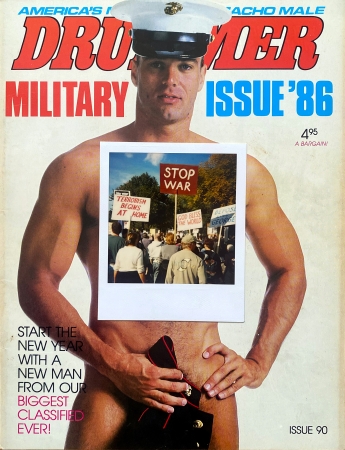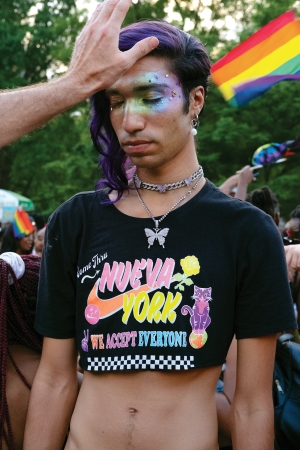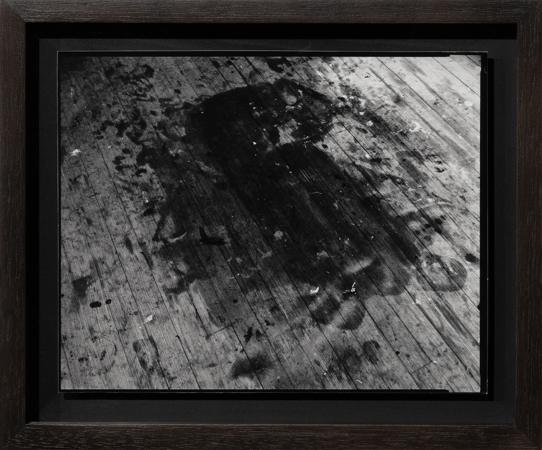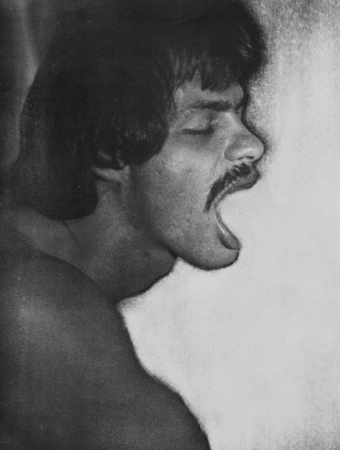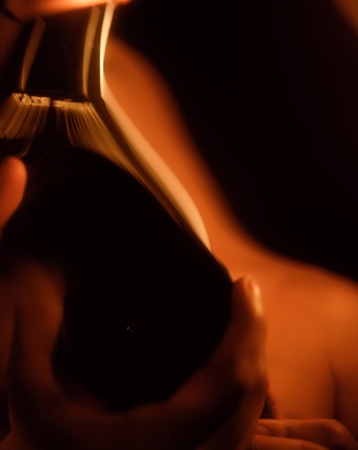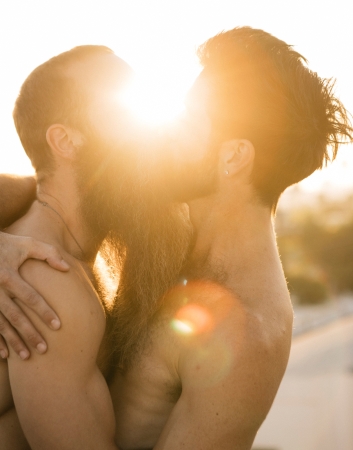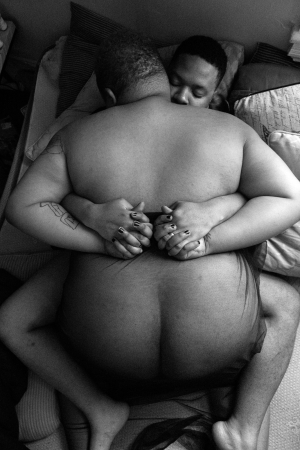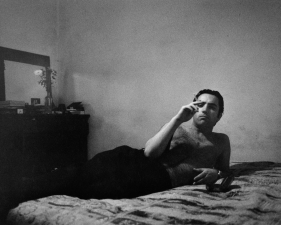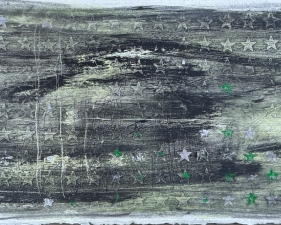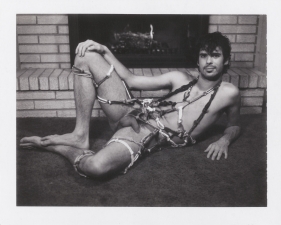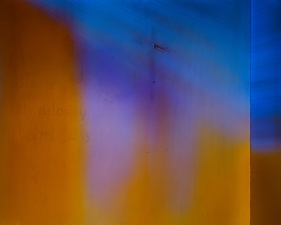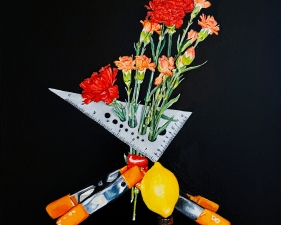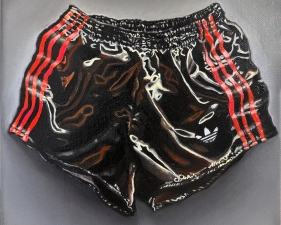GORGEOUSNESS: A Summer Pride Show Curated by Richard Renaldi
Benrubi Gallery is thrilled to announce:
Gorgeousness: A Summer Pride Show
Curated by Richard Renaldi
Benrubi Gallery, New York, New York
June 20 — September 17, 2024
Opening reception: Thursday, June 20, 5–9 pm
On February 24, 2022, in a speech by Vladimir Putin announcing his “rationale” for invading Ukraine, queer people made a surprising cameo. The West, he said, “sought to destroy our traditional values,” with attitudes, “that are directly leading to degradation and degeneration, because they are contrary to human nature.” There was little doubt as to whom he was referring. Thus, for the first time in history, the existence of queerness was cited as a casus belli in the struggle between world orders.
Queer communities in the US and around the world in the summer of 2024 find themselves squaring off against a series of ambient tensions singular in history. The long run of gradually expanding rights that began in the late 1970s and crested with the legalization of US gay marriage in 2015 has come to an end. More recent decisions by the Supreme Court, the legislatures of
various states, community libraries and school boards have revealed an organized and persistent hostility to queer art, literature and identity.
Although we have seen counter movements to queer progress before, the piecemeal dismantling of just recently acquired rights is a new form of slow torture. There was a whiff of sadism in the multiple ironies of last year’s Supreme Court decision, 303 Creative v. Elenis, enshrining the constitutional right of a self-described artist not to provide services to queer clients. As with Obergefell, the decision came down at the end of June.
And we have never seen the constellation of illiberal agendas that are now making common cause, braiding together globally with malign efficiency to demonize queer communities. Right wing movements around the world may differ broadly in their specifics and texturally in their rhetoric, but they are identical in one particular: the weaponization of gender and sexuality.
In this context, with the US presidential election looming as a near totalizing event of world historical anxiety, I have assembled a show of works, all by queer artists, in celebration of Gorgeousness. This show is as much a wellness check on a community at the leading edge of the cultural headwinds as an incitement to consider the gravity of what may lie ahead.
Gorgeousness. What is it? A cumbersome word. It’s got those “few extra s’s” that would get “The Kids in the Hall’s” Buddy Cole in trouble. Impossible to pronounce without a hissing sibilance that causes us momentarily to metamorphose into serpents. And don’t you just know, if Disney had animated Genesis, they would have coded the serpent as menacingly queer? Like the source of queerness, there is uncertainty about the origin of the word “gorgeousness.” But must we define everything? Queerness is the freedom to reject the definitions that have never fully served us.
As ever, queer artists are studying and sanctifying the body. And why not? The human body contains the source code of all beauty and evil. Human bodies are the most deadly, compelling and sensuous things human beings have ever created. But the queer body is special: liberated from the expectation of reproduction, the queer body is free to become a site of adaptive reuse and aesthetic activism.
This Pride, we should also remember those in our global community who Western queer freedoms, as fragile as they are, have never reached. As if to underscore the urgency of the point, a contributor to Gorgeousness who lives outside the United States has asked not to be mailed the show catalog for fear its nude images could attract attention from the surveillance state under which he lives and covertly makes his erotic art.
Among the 78 works in the show, a pair of photograms by Derrick Woods-Morrow and printmaker Xander Fischer re-author Eadweard Muybridge’s equine locomotion studies in a light- sensitive emulsion of Woods-Morrow’s own semen. The anonymous Black jockey in Muybridge’s animation is thus re-christened in sperm, revealing what the writer Rebecca Solnit describes as “the erotics of motion.” The images critique the erasure of Black contributions both to the development of cinema and the origins of thoroughbred racing as an American sport. Typically, history has retained the name of the horse, Annie G., but not that of the rider.
In a luminous black and white self-portrait by Ian Lewandowski, the photographer’s fingers splay out delicately across the sole of a foot that looks as smooth as honed marble. Lewandowski’s searching gaze pierces the frame from underneath a table: a space as indeterminate as the relationship between artist and model. An errant photographer’s loupe bridges the line between the two bodies, magnifying the connection between clothed artist and the nakedness he tentatively embraces.
The artist Geoffrey Chadsey gives us an intricate rendering of iconic American villain Clyde Barrow, the victim of prison sexual violence who wreaked murder across the land in retribution. The cold shadow falling across his face reminds us of the sliver of ice lodged at the heart of our national darkness: America’s cruel compact with guns. The inscrutability with which Barrow studies the viewer suggests we have failed his test. We have drawn no lesson from his brief life beyond the lurid.
A trio of dreamily figurative images by the photographer Steven Molina Contreras impart a honeyed viscosity to light as the artist and his equipment appear to float in a medium of warm blacks and gold foils. The barrel of his lens becomes an astronomical object that warps and bends color around it, an event horizon beyond which not even the light from his Mamiya can escape untransformed.
The artist Michelle Schapiro invites viewers into the scene playing out at a sex party in which a nonbinary transmasculine individual is simultaneously held down, caressed and supported
by their community of leather dykes. The face of the central figure falls just outside the
frame, concealing from view an expression of ecstasy so profound it is not for us to see.
And Duane Michals, our playful elder poet-harlequin who has been reminding us of the reciprocity of beauty and death for longer than most of us have been alive presents his classic image of the hunky Hamlet. Having resigned himself to the ineluctable tension between being and not being, he asks of us only: “So let’s hold tight and touch and feel, for this quick instant, we are real.”
Happy Pride. Love, Richard
Michael Alago
Vince Aletti
John Arsenault
Geoffrey Chadsey
Robert Andy Coombs
Kelli Connell
Steven Molina Contreras
Felix D’Eon
Angela Dufresne
Jess T. Dugan
Lexi Fleurs
Allen Frame
Benjamin Fredrickson
David Graham
Erik Hanson
Florian Hetz
David Hilliard
J Houston
Scott Hug
Stephen Irwin
Wen Jieding
Michael Joseph
Brian Kenny
Clifford Prince King
Patrick Lee
Zun Lee
Matthew Leifheit
Ian Lewandowski
Gabriel Sapiandante Lopez
Michael Light
Kayleigh MacDonald
Andrew Magnes
Billie Mandle
Roman Manfredi
Keith Mayerson
Michael McFadden
Eric McNatt
Melody Melamed
Duane Michals
Paul Moakley
J. Morrison
Ricardo Nagaoka
Tony Payne
Jack Pierson
Mauricio A. Rodriguez
Sal Salandra
Michelle Schapiro
Sophie Schwartz
David Benjamin Sherry
Pacifico Silano
Linda Simpson
Joey Terrill
George Towne
Wadley
Sam Waxman
Shen Wei
D'Angelo Lovell Williams
Derrick Woods-Morrow
Richard Renaldi was born in 1968 in Chicago, Illinois, and received his BFA in photography from New York University. Exhibitions of his photographs have been mounted in galleries and museums throughout the United States and Europe, including the House of Photography in Stockholm; The Robert Morat Gallery in Hamburg; and the Aperture Gallery; Bonni Benrubi Gallery; and Yossi Milo Gallery in New York. Renaldi’s work has also been exhibited in numerous group shows, including Strangers: The First ICP Triennial of Photography and Video (2003). In 2006 Renaldi’s first monograph, Figure and Ground, was published by Aperture. His second monograph, Fall River Boys, was released in 2009. Renaldi’s most recent monograph, Touching Strangers, was published by the Aperture Foundation in the spring of 2014.
Fall River Boys collects nine years of photographs taken in Fall River, Massachusetts into a nuanced portrait of a city where young men grow into manhood surrounded by a landscape of idyllic natural beauty, frayed at the margins by darkened relics of an industrial past.
Touching Strangers, according to the New York Times, “pushes the notion of street photography even further. Renaldi meets strangers on the street and asks them to touch or embrace one another; he then photographs these arrangements as group portraits. Rather than recording what he encounters in the city, Renaldi acts as a catalyst. He creates a moment that wouldn’t otherwise have existed, cajoling people to interact in ways they otherwise wouldn’t have…. What makes Renaldi’s photographs thrilling is that, even knowing his strategy, the viewer can’t help fabricating a story about the subjects’ relationship. We weave narratives around them—who they are, the unlikely tenderness that might exist between strangers. These counterfactuals force us to confront the limits of what we know, from our own experiences, to make up common social interactions.”




